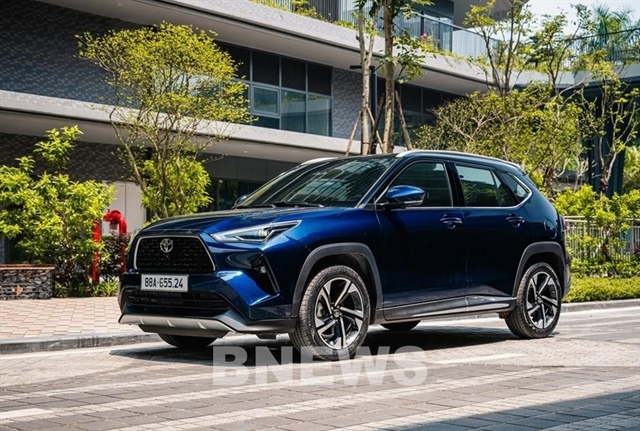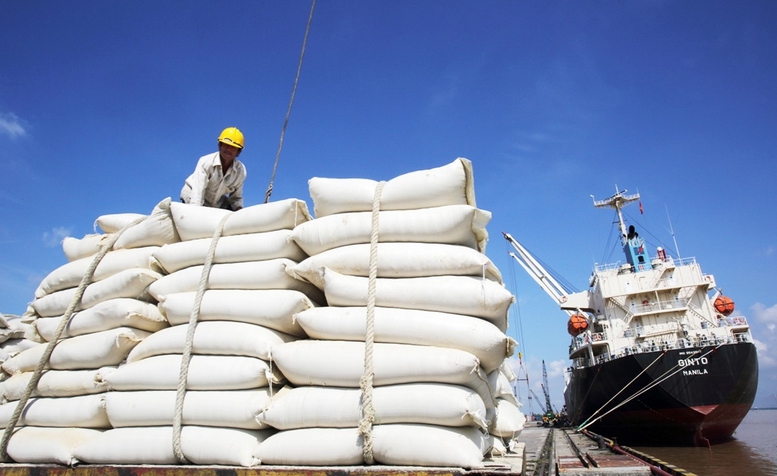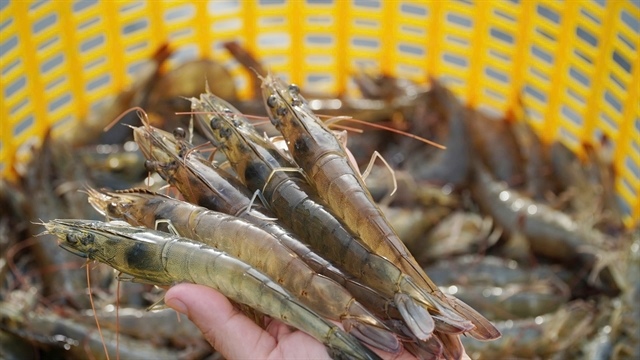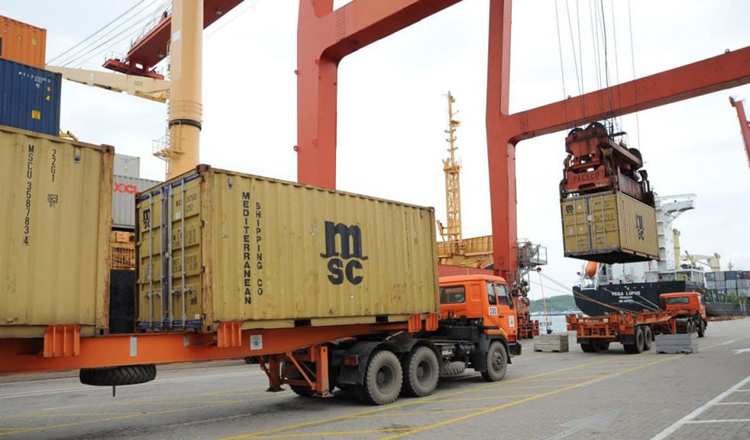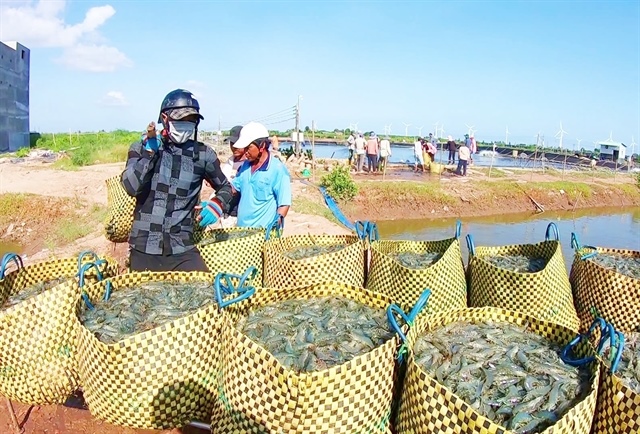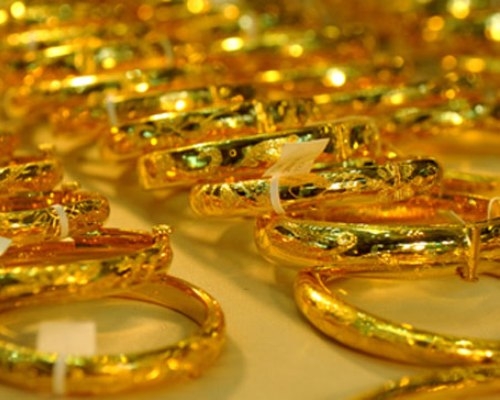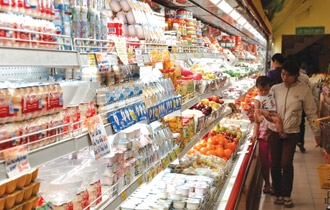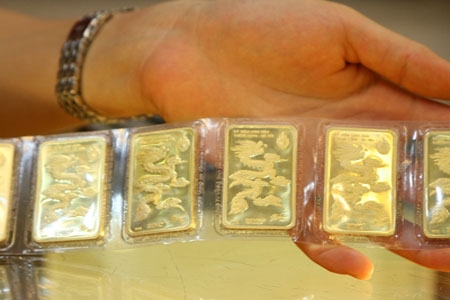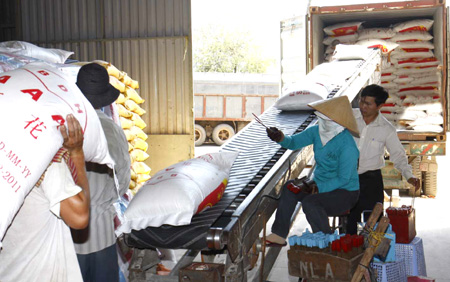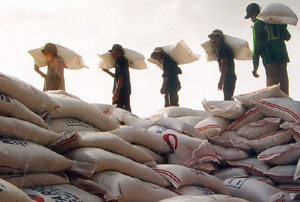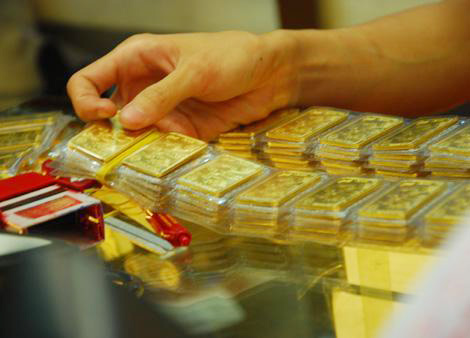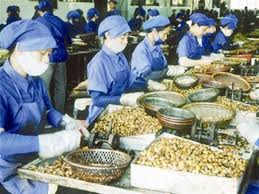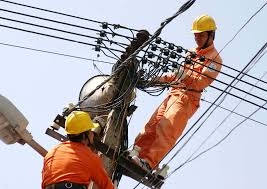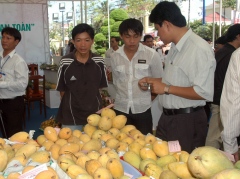Only 10 percent of coffee products in VN made of real coffee?
Only 10 percent of coffee products in VN made of real coffee?
Coffee drinkers would be exceedingly astonished if they know that what they drink is not real coffee, but of the mixture of maize and other burnt grain powder.

Nguyen Thanh Tung, Deputy General Director of Vinacafe Bien Hoa, has surprised the public when stating on Tuoi tre that only 10 percent of the coffee products available on the market are made of real coffee.
Tung said in pre-1990s, coffee was a luxurious and expensive product in Vietnam, which then prompted coffee roaster to add some cheap materials to optimize profits.
Therefore, adding some other materials into coffee during the roasting process has been a growing tendency. Roasters have been satisfactory with the new “technique” of making coffee because the technique allows them to make bigger money, while they don’t think of making heavier investment in technologies.
Most of the manufacturers, according to Tung, state that their coffee products are 100 percent made of coffee, but in fact, these are not fine coffee.
“The same thing now can be seen in instant coffee products as well. The red alarm should be rung in Vietnam, since most of products are made of false coffee,” Tung has warned.
He went on to say that in recent years, roasters not only put additives, but also toxic chemicals into coffee. Local newspapers have reported that soya beans have been used together with unoriginal chemicals to make “original coffee.” Especially, the chemicals have been discovered as harming people’s health.
As a result, regular coffee drinkers have to keep drinking the low quality coffee, because they have no other choice. Meanwhile, others have to give up their habit of drinking coffee everyday.
More seriously, the ill fame about Vietnam’s coffee has badly affected Vietnam’s coffee industry, making Vietnam’s coffee less valuable in the world market.
However, Tung’s words have raised doubts among people. Though agreeing that the coffee quality is problematic, people don’t think that only 10 percent of coffee products are made of real coffee.
Especially, after Tung made such a statement, the report released by Nielsen, a market survey firm, on July 9, 2012, affirmed that the Vietnamese coffee market has been seeing positive growth. The report also said that Nestle was leading the instant coffee market. However, G7 of Trung Nguyen was accounting for 38 percent of the 3-in-1 market, followed by Vinacafe (31 percent) and Nescafe 27 percent.
Local people in Buon Me Thuot City -- the “metropolis” of Vietnam’s coffee growing areas, said they don’t believe ad pieces and that they choose coffee based on their taste.
Nguyen Manh Ly, the owner of a coffee garden in Dak Lak province said pure coffee powder is brown in color, not black burned like the one sold at cafes, which is just the mixture of powder and roasted maize.
Tung, the owner of a café on Le Duan Street of Buon Me Thuot City, said there are a lot of counterfeit coffee products which are priced at just ½ or 1/3 of the high quality products.
“Be careful about the coffee which has black color. This may contain industrial dying substance, very harmful to people’s health. The substance can help create a coffee-flavored water,” Tung said.
Tung declined to name the products, but he said that even big enterprises also add non-coffee materials into their products, while they don’t declare about the mixture in the packs of products.
vietnamnet


